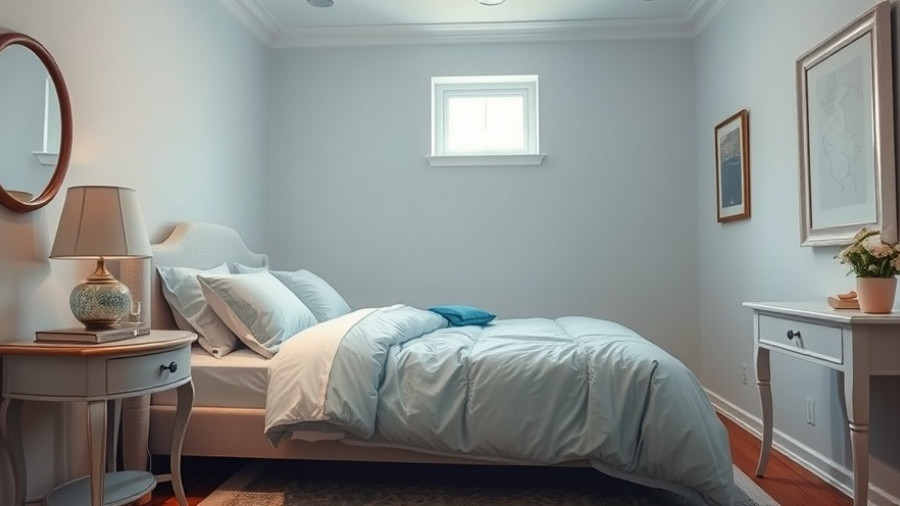
Transform Your Space: Unlocking the Secrets of Baseboard Installation
Is your home in need of a facelift? Installing baseboards is a simple yet impactful way to enhance your living space. Not only do they frame your rooms with elegance, but they also serve a functional purpose by protecting your walls from scuffs and damage. What’s more, tackling this DIY project on your own can save you money and provide a sense of achievement.
Why Baseboards Matter: The Beauty in the Details
Baseboards play an essential role in home decor by creating a seamless transition between your walls and flooring. The right baseboard style can elevate the aesthetic appeal of any room, adding character or sophistication. For MidSouth homeowners, this upgrade can significantly raise property value and make a home feel inviting and well-cared for.
The Importance of Preparation Before Installation
Before diving into installation, preparation is key. Measure the linear footage of all walls and purchase 10% more material than required to account for errors. Prime and paint your baseboards before installation to save time on touch-ups later. Using self-leveling or cabinet-grade enamel paints will ensure smoother application and a professional finish.
Step-by-Step Guide to Installing Baseboards
Let’s break down the installation process into manageable steps. First, gather the right tools, including an 18-gauge brad nailer and a miter saw, which may seem daunting at first but will soon become your best friends in this project.
1. Make Your Cut List: Strategically jot down the lengths of the baseboards and the necessary cuts based on your room design. Starting at a doorway and moving around the room will ease installation.
2. Cut With Precision: When cutting your baseboards, remember that angled cuts, especially 45-degree angles, help conceal seams and create a clean look. Making precise cuts is essential, but remember, a little patience goes a long way.
3. Nail It Down: Using your brad nailer, secure the baseboards to the wall. Ensure nails are placed every 12 to 16 inches along the board for stability. Follow that with caulking to fill any gaps between the baseboards and the wall.
4. Final Touches: Once everything is installed, it’s time for touch-ups! Fill any nail holes with wood filler, touch up with paint, and clean the area with shop rags to achieve that clean, polished look.
Enhancing Your Wellness Through Home Projects
Engaging in home improvement projects like installing baseboards can enhance your sense of well-being. Not only do you beautify your space, but you also gain satisfaction from completing a hands-on task. Investing time in your home can lead to a welcoming atmosphere that supports better mental health and relaxation.
Embracing Creativity in Home Design
This project represents more than just a cosmetic upgrade; it’s an opportunity to express your personal style. Whether you opt for sleek modern designs or classic intricate styles, your choice of baseboards can reflect who you are. Baseboards are like the frame of a beautiful picture — they bring the whole picture together.
Conclusion: Start Your DIY Journey Today!
To summarize, installing baseboards can transform your home with relative ease and affordability. Not only does it improve your space, but it also fills your DIY journey with creativity and pride. So why not grab your tools and start this rewarding project? Your home deserves it!
For more inspiration and advice on home improvement projects, check out our upcoming workshops and resources that focus on enhancing wellness in your living environment. Remember, every step you take toward a more beautiful space is a step toward a happier life.
 Add Row
Add Row  Add
Add 



Write A Comment